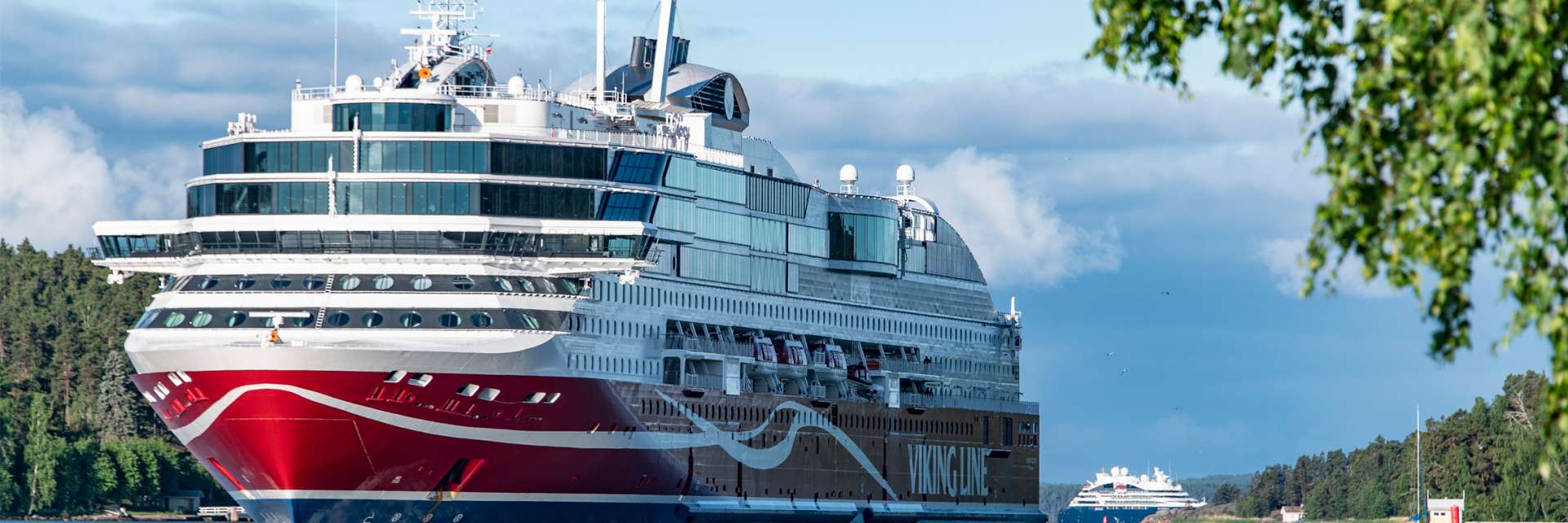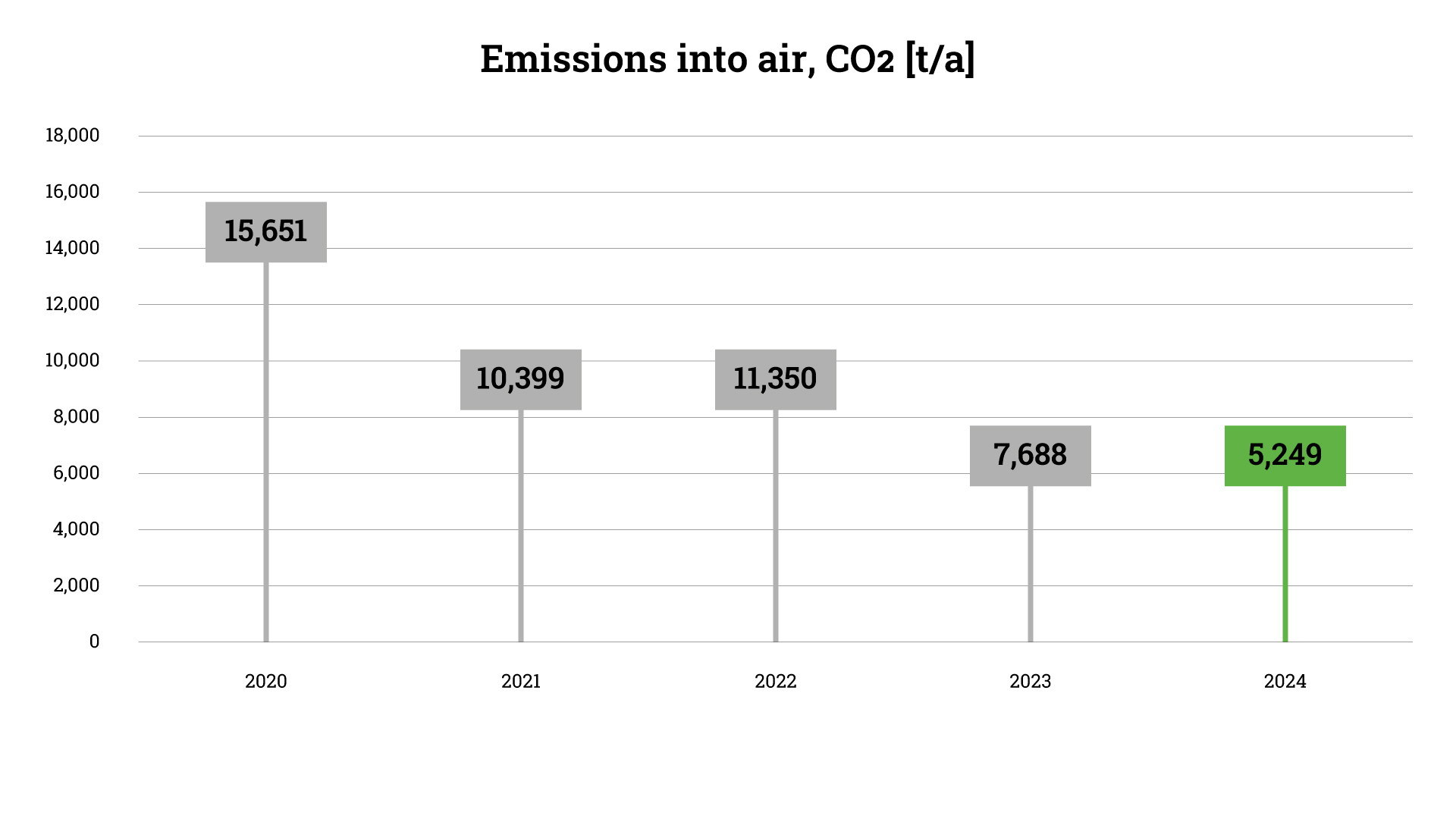Markku Alahäme
Technical Director

The development of vessel types affects the well-being of the environment. New stock of vessels generates less greenhouse gas emissions.
The protection of the maritime environment is also taken into account in the design of the newest vessels. The hull shapes of the vessels are hydro-dynamically optimised to minimise wave formation. In the archipelago between Turku and Stockholm, it prevents erosion and decreases the impacts of vessel traffic on the sensitive archipelago environment.

To reduce the impacts of vessel traffic on waterways, the Port of Turku offers passenger vessels as well as cruise liners and cargo ships an opportunity to empty their wastewater in the port.
We signed a green corridor co-operation agreement with the Ports of Stockholm and Viking Line in February 2024. The aim of the co-operation is to create a fossil-free, green maritime corridor between the cities by 2035 at the latest. In connection with this collaboration, we are planning to take many actions to reduce carbon dioxide emissions, for example, in the wake of the new Ferry Terminal Turku project. The digitalisation and automation of a smart port reduce exhaust emissions caused by the movement of ships, HGV vehicles and passengers.
